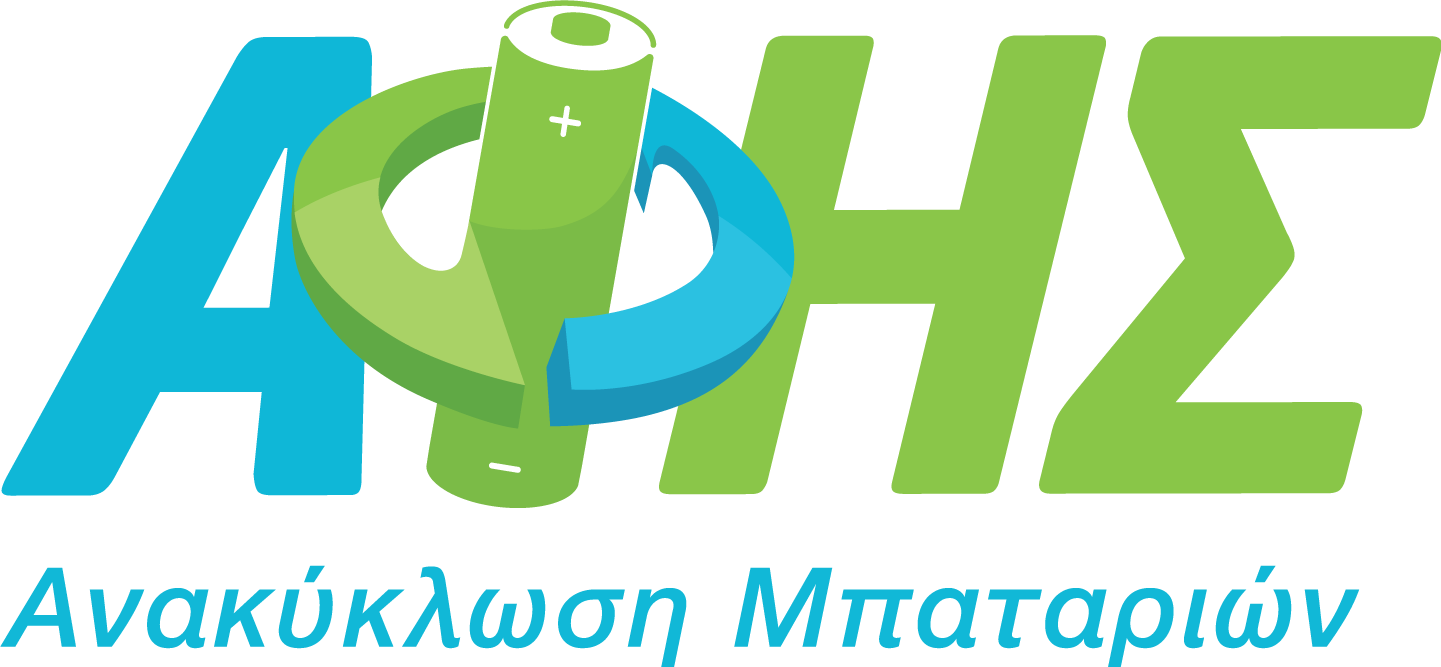How Afis collects and recycles batteries
As soon as the used battery is in the AFIS bins, each company can request collection through our site (https://afis.gr/simeia-syllogis/) so licensed AFIS collectors can pick up the batteries. The batteries are then transported to POLYECO's facilities for storage. For the next recycling stage, batteries are sent to approved internal and external recycling plants to safely recover the raw materials and separate their components from re-entering the market stream. Some examples of products made from recycled battery materials – mostly metal – are new batteries, scissors, bicycles, and aeroplanes.


Battery Recycling Process
Collection – Empty batteries are collected and taken to licensed facilities where they are separated
Pre-processing – Batteries are mechanically treated to break them down, and, in the case of lithium batteries, they also undergo a full discharge. Alternatively, they might also experience heat preprocessing.
Raw Material Extraction – Through either mechanical or pyrometallurgical processes, batteries are processed to extract black mass or slag and alloy.
Secondary Material Extraction – Primary intermediates are hydro-processed using chemical solvents and reagents to produce customised metal streams (various metals). Additional refinement steps are potentially necessary for higher-quality results.
Production of New End Products – Once the raw materials in the earlier stages of recycling have been extracted, they are used to produce new end products such as batteries, bicycles, scissors, springs, watches, rocket and aircraft equipment, and even plastic materials in the case of alkaline batteries.
Below are the battery types, how each is processed during recycling, the raw materials extracted during processing, and the items that can be made using these raw materials.
| Battery Type | Type of Processing | Raw Materials | End Products from Recycled Materials |
| Alkaline – Zinc | Mechanical Separation | Condensed Zinc and Manganese, Steel, Paper | Jewellery, doors and windows, office supplies, bicycles, electronic devices, etc. |
| Lithium-Acid | Mechanical Separation (room temperature and without oxygen) | Cobalt and Lithium Salt Concentrate, Stainless Steel, Copper, Aluminum and Plastic | Jewellery, doors and windows, office supplies, toys, electronic devices, disposable products, etc. |
| Nickel – Cadmium | Recovery of Metals at High Temperature | Metals (Nickel, Iron, Manganese. Chromium, Zinc, Cadmium) and Plastic | Batteries, articles and devices of plastic and metal (see previous categories) |
| Lithium | Chipper or High-Speed Hammer, Caustic Water, Filtration | Lithium Rod Metal, Aluminum Foil, Graphite and Cobalt | Sulfur dioxide batteries, electric car batteries and exhausts |
Battery Recycling Facts
- From 2027, consumers will be able to remove and replace the portable batteries of their electronic devices at any time based on the EU
- Regardless of the battery's use, performance, and even material, the final disposal/disposal process determines our environmental and health impact
- 90% of the harmful secretions of the batteries are released when the appropriate recycling method is not followed through the AFIS bins
- The most efficient and safest way to dispose of batteries as waste is recycling – compared to composting, landfilling, or even incineration
- Extracting metals through battery recycling consumes less energy than mining them from scratch and reduces gas emissions to the environment (10-100 times less)

